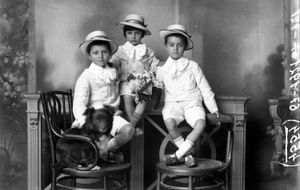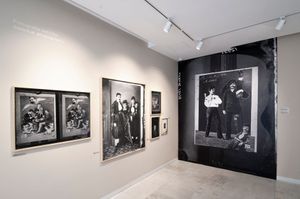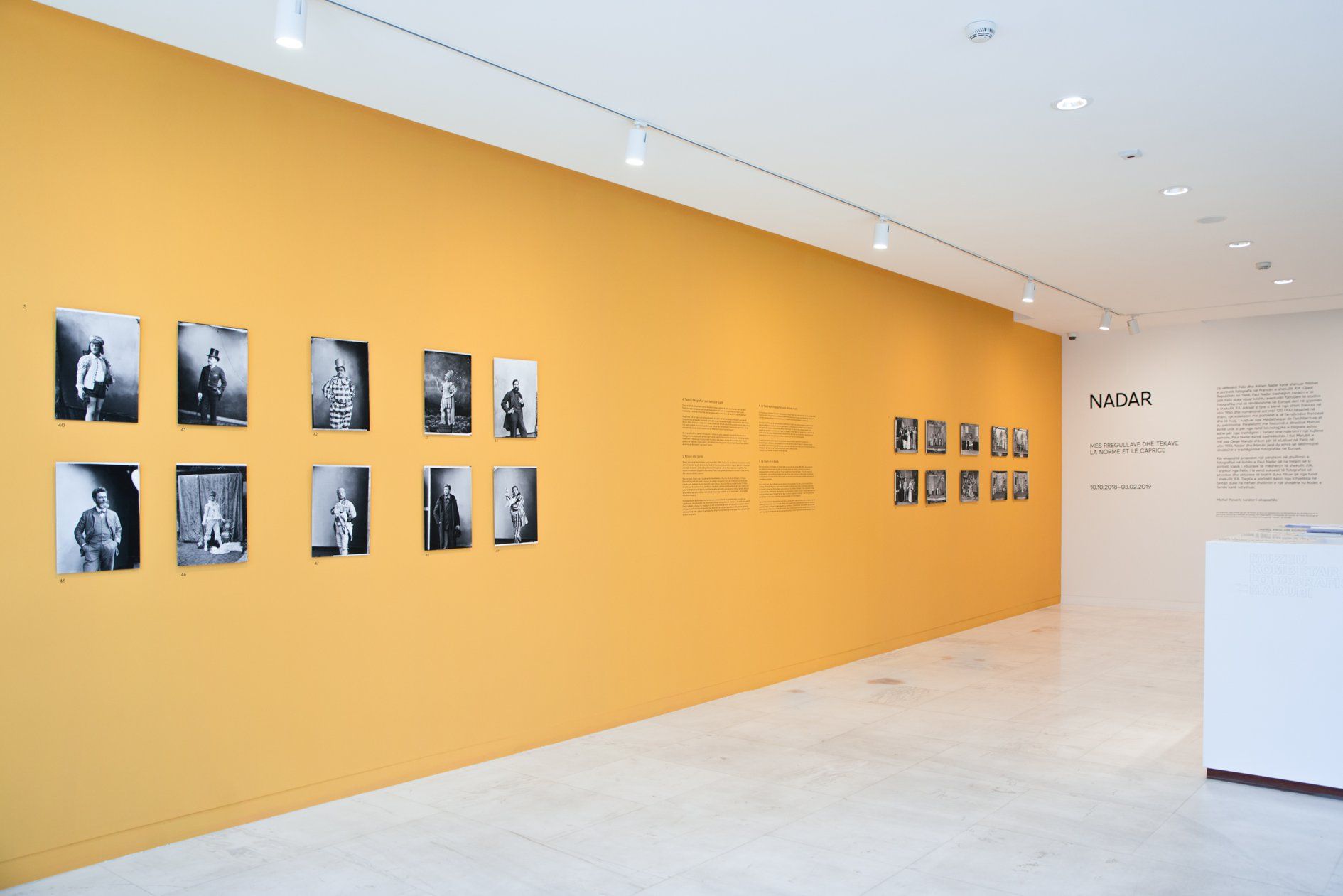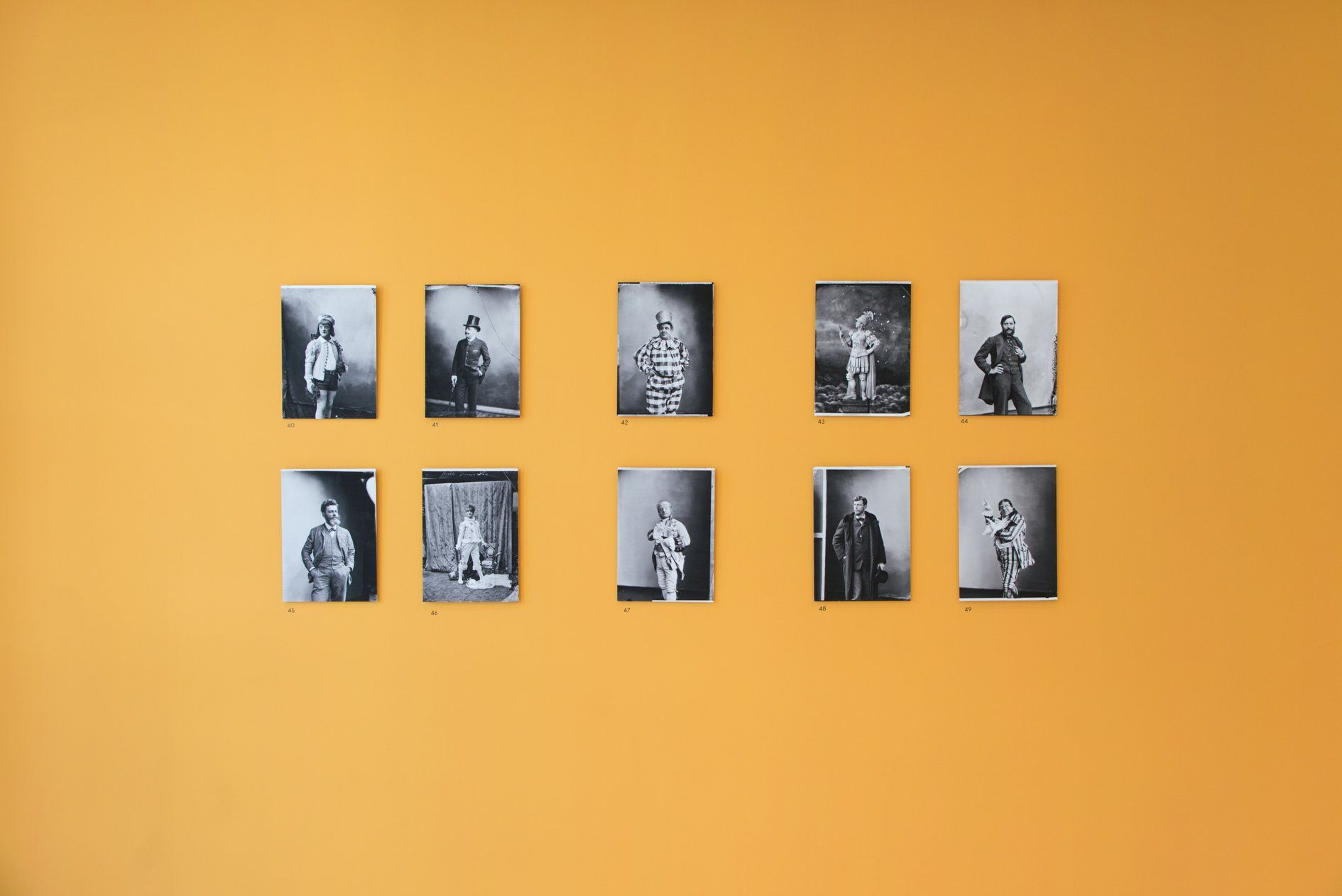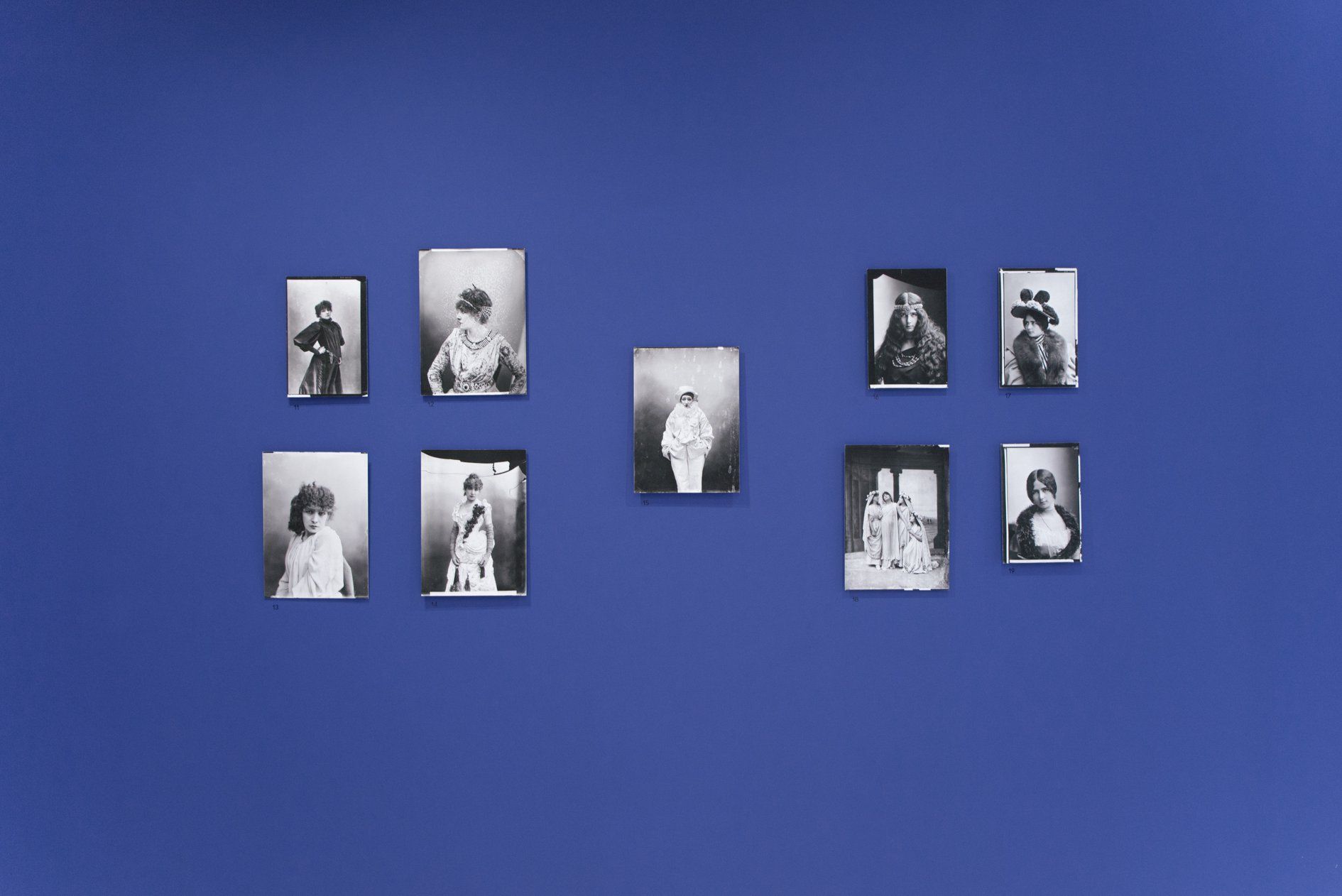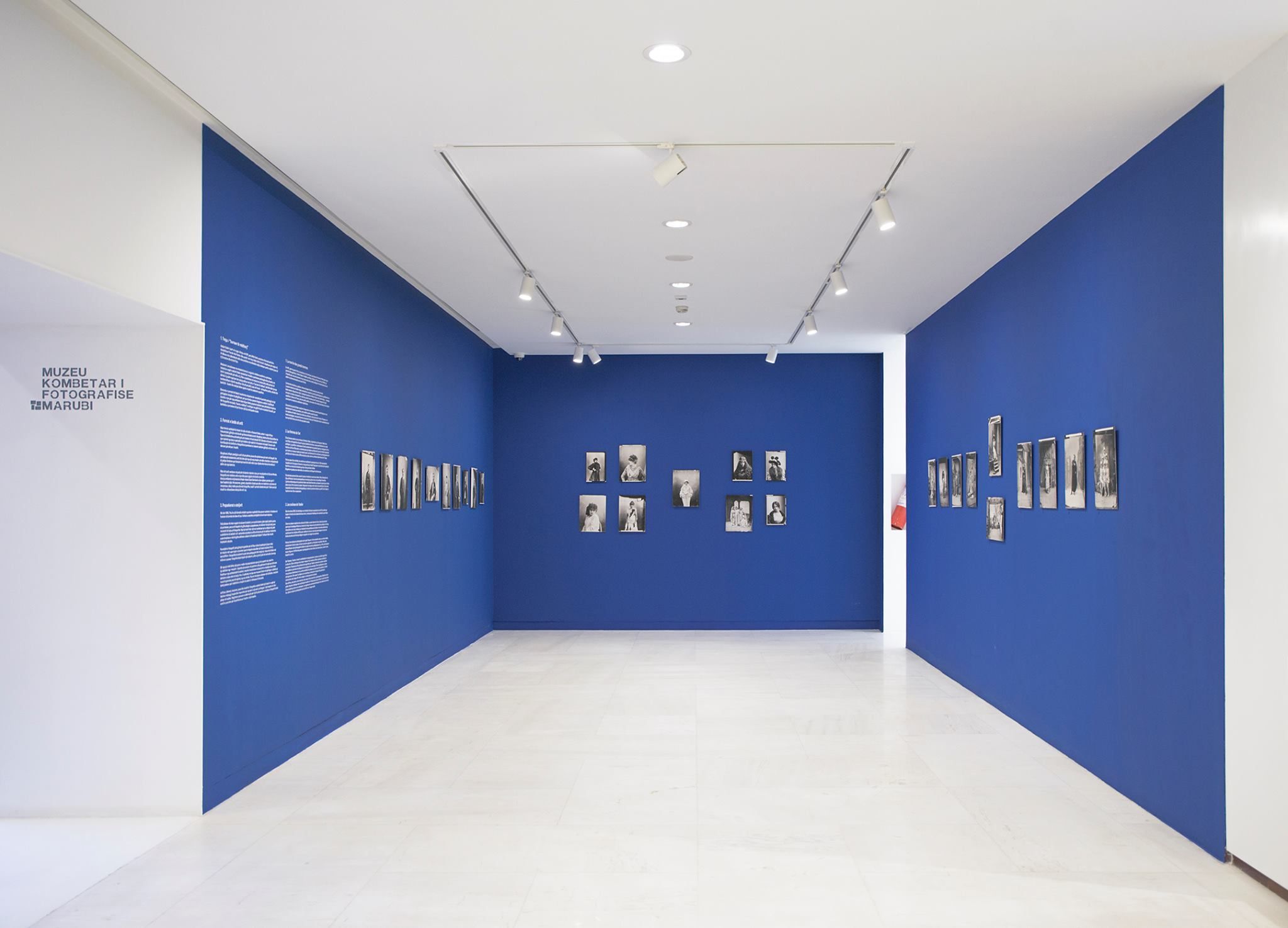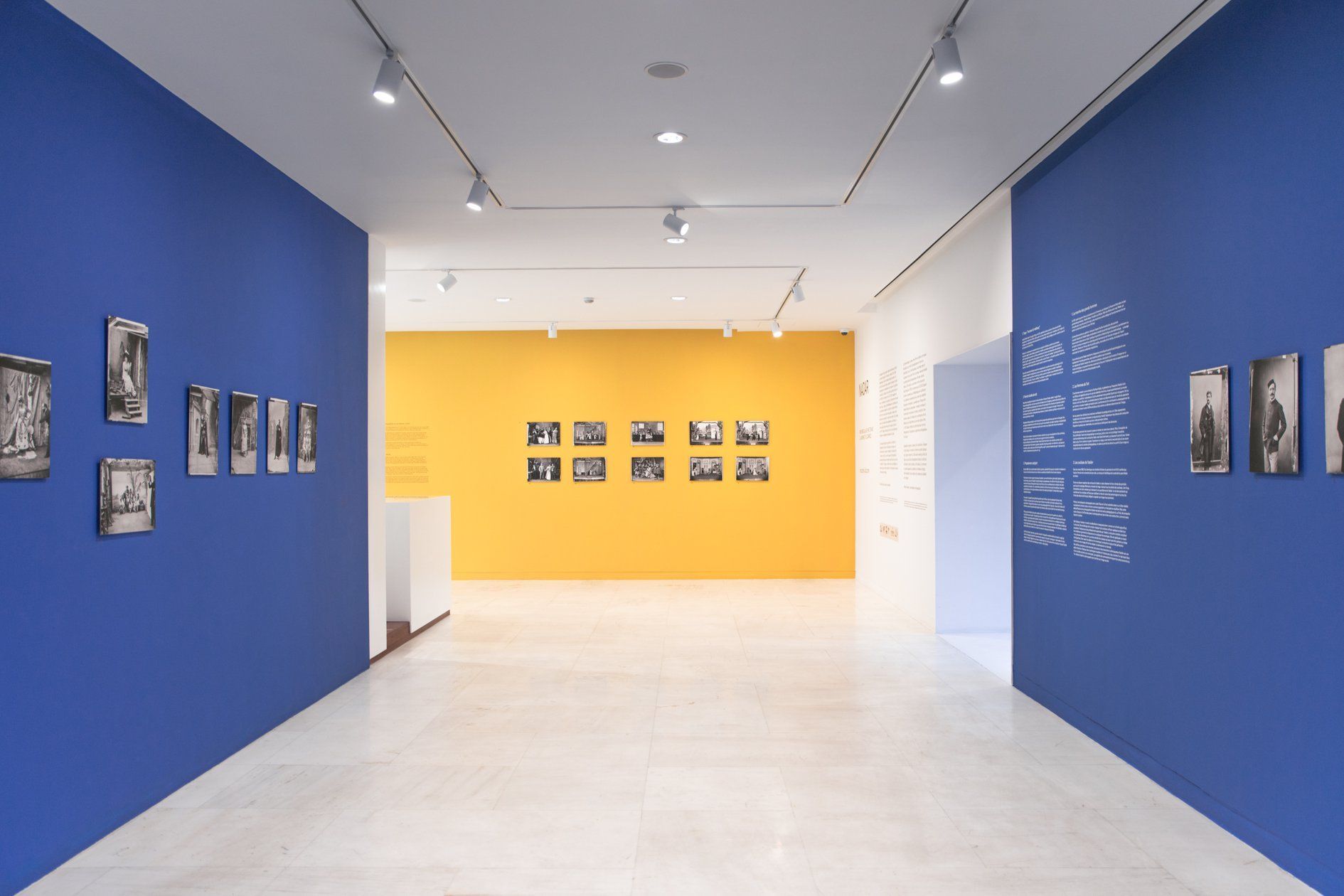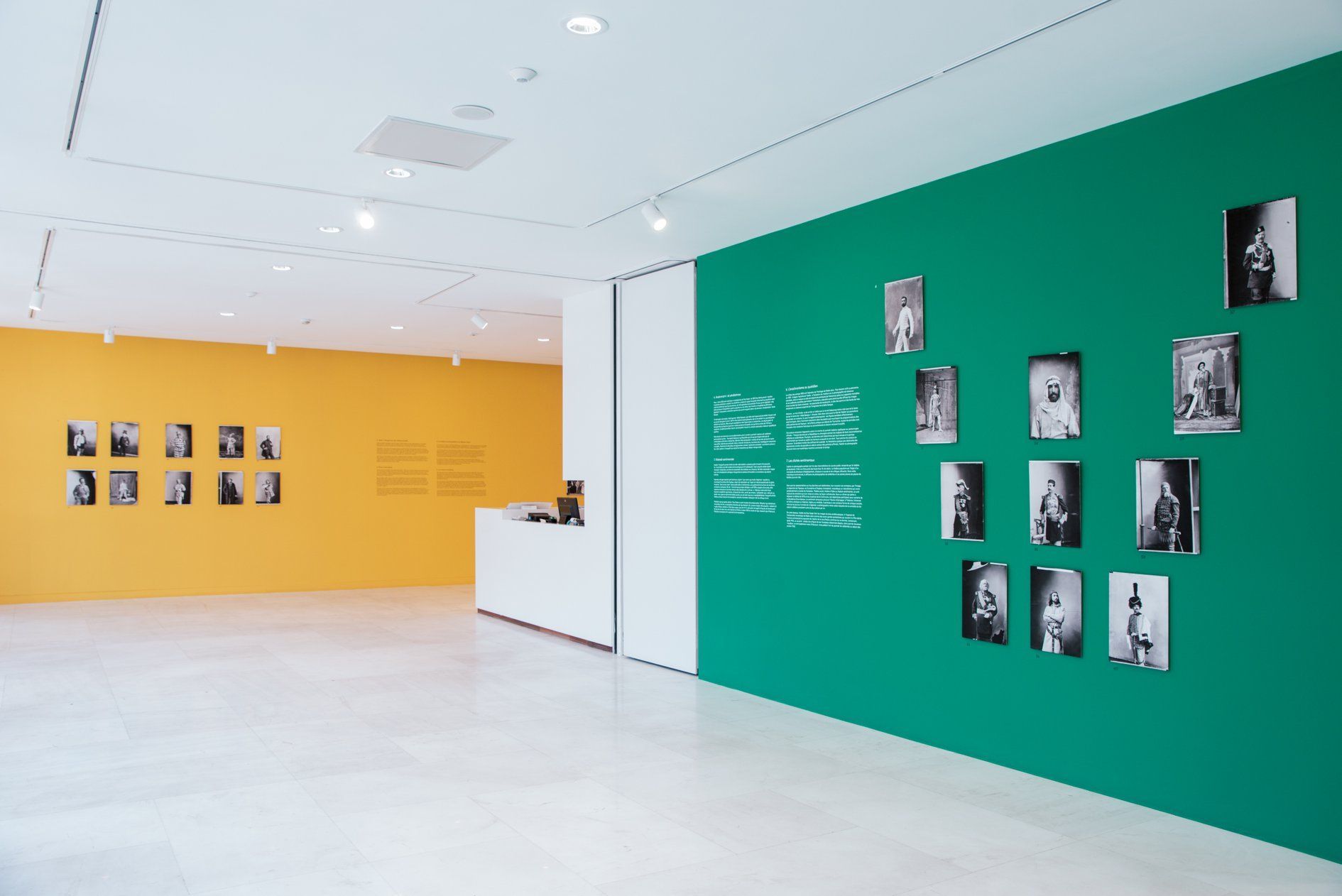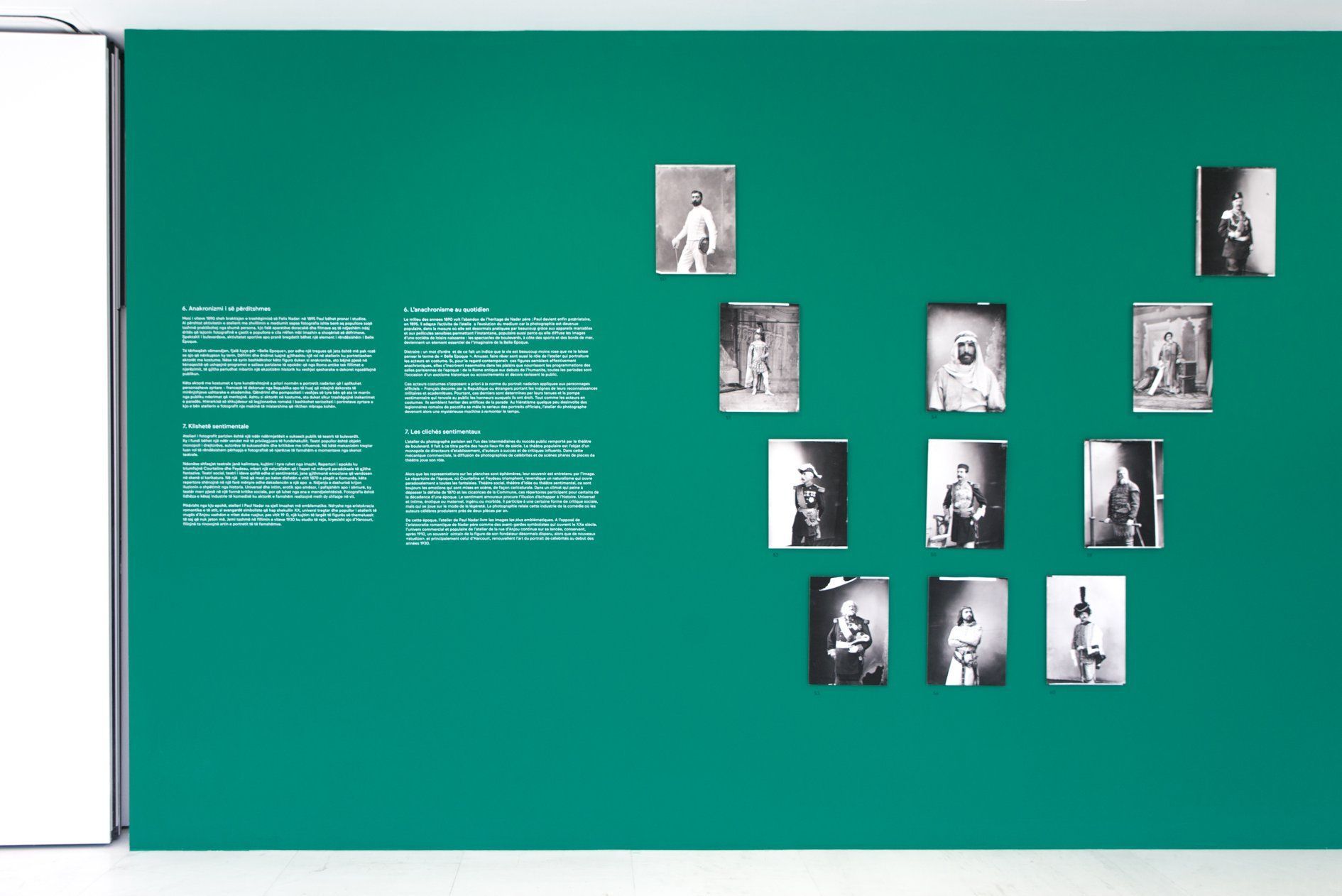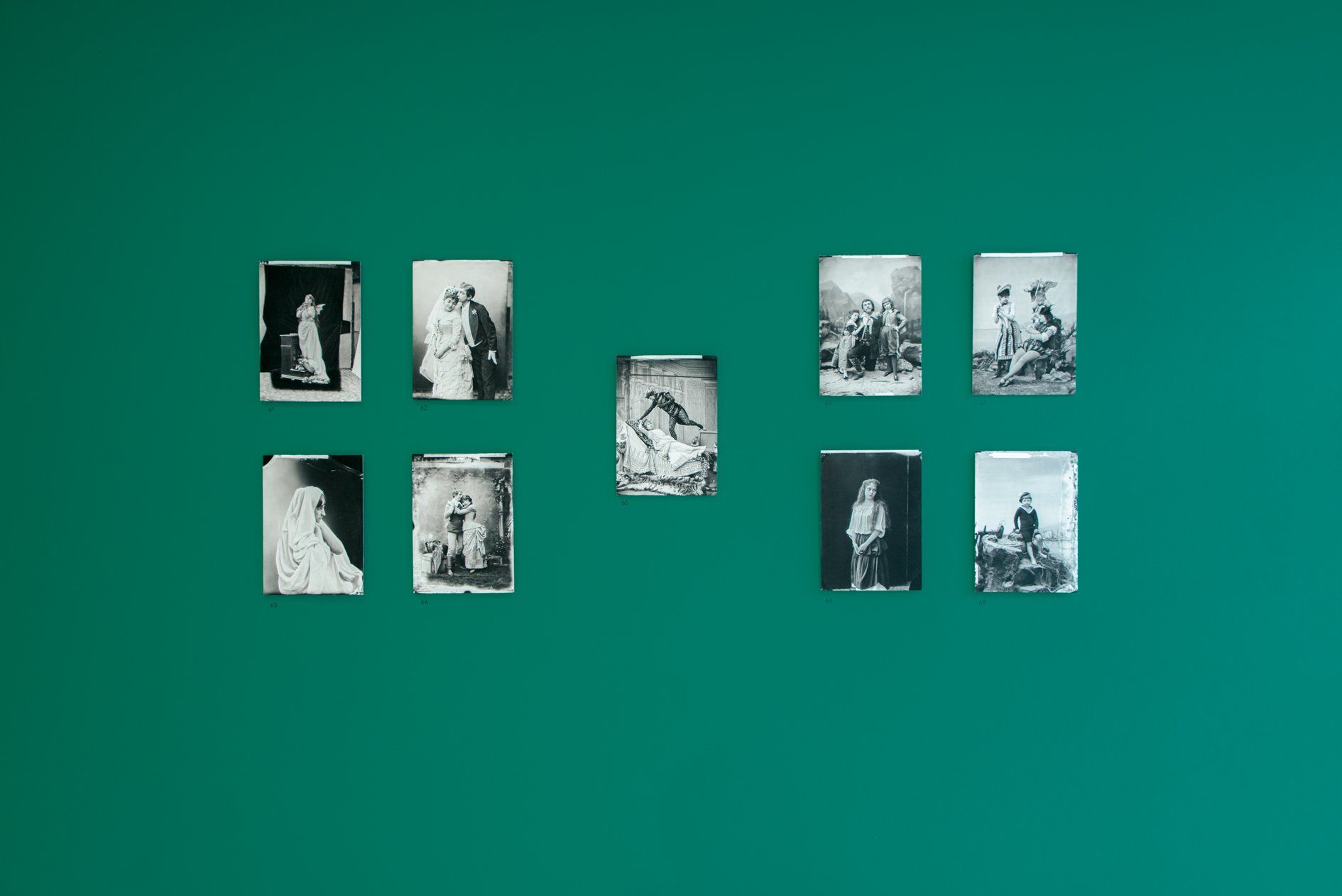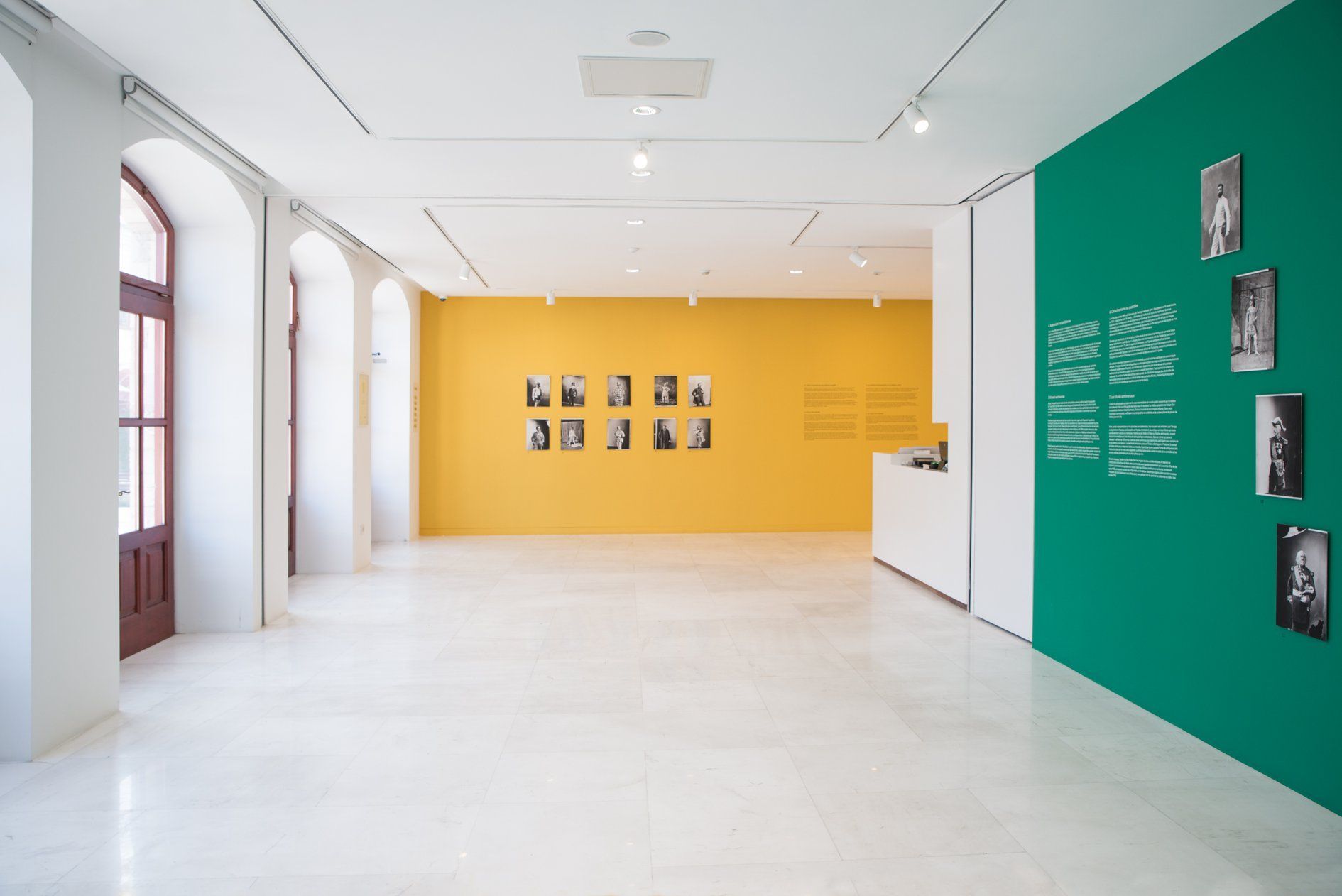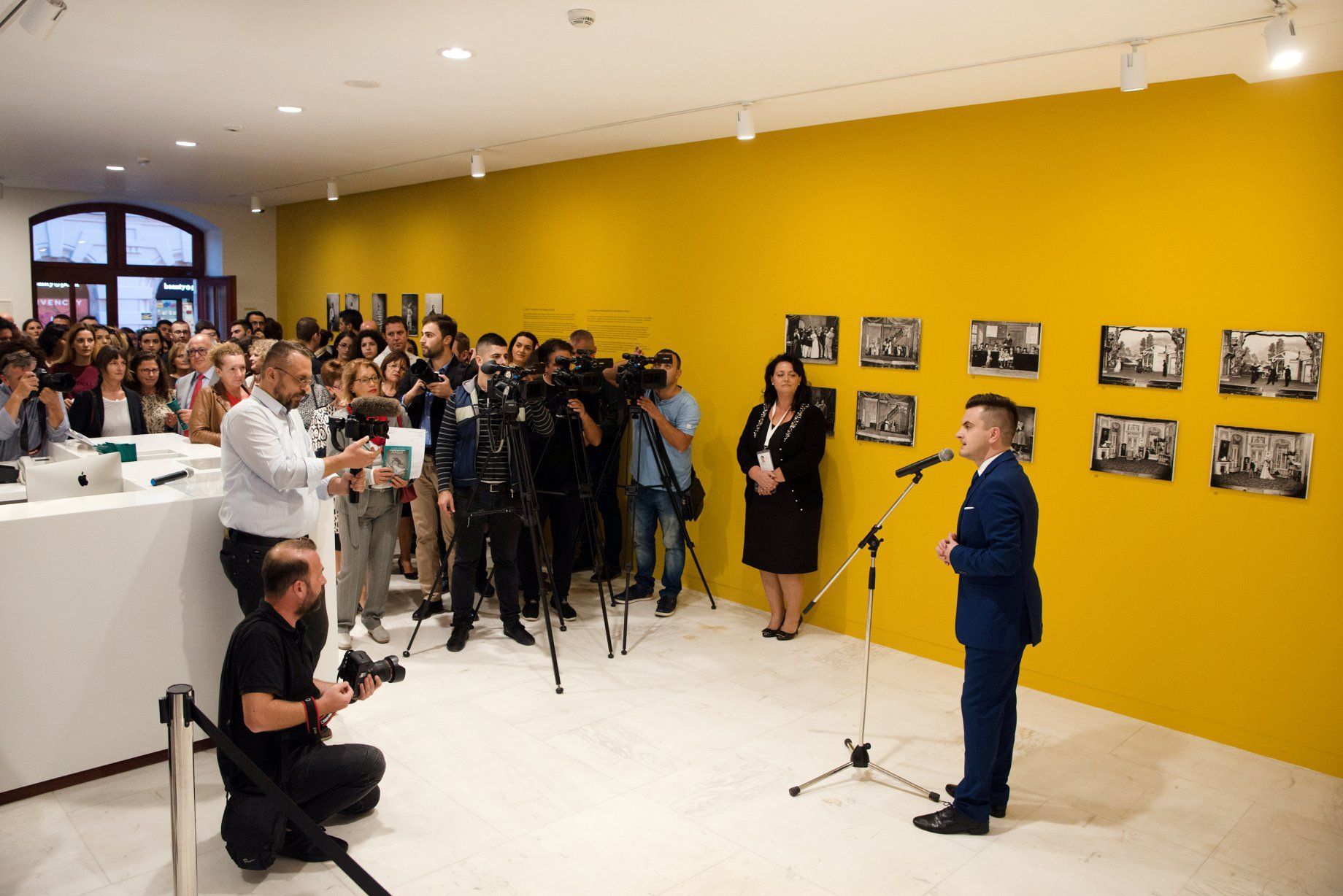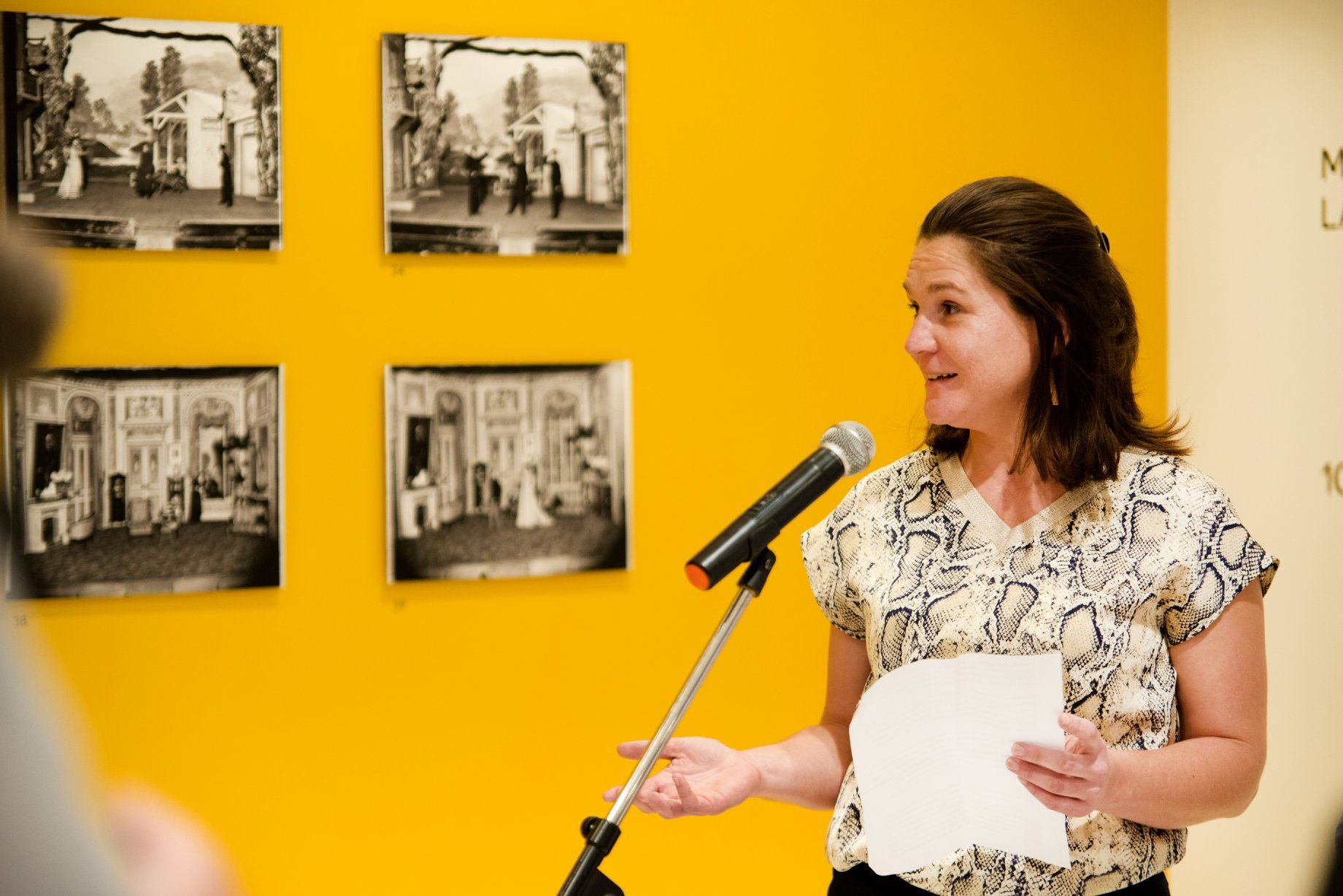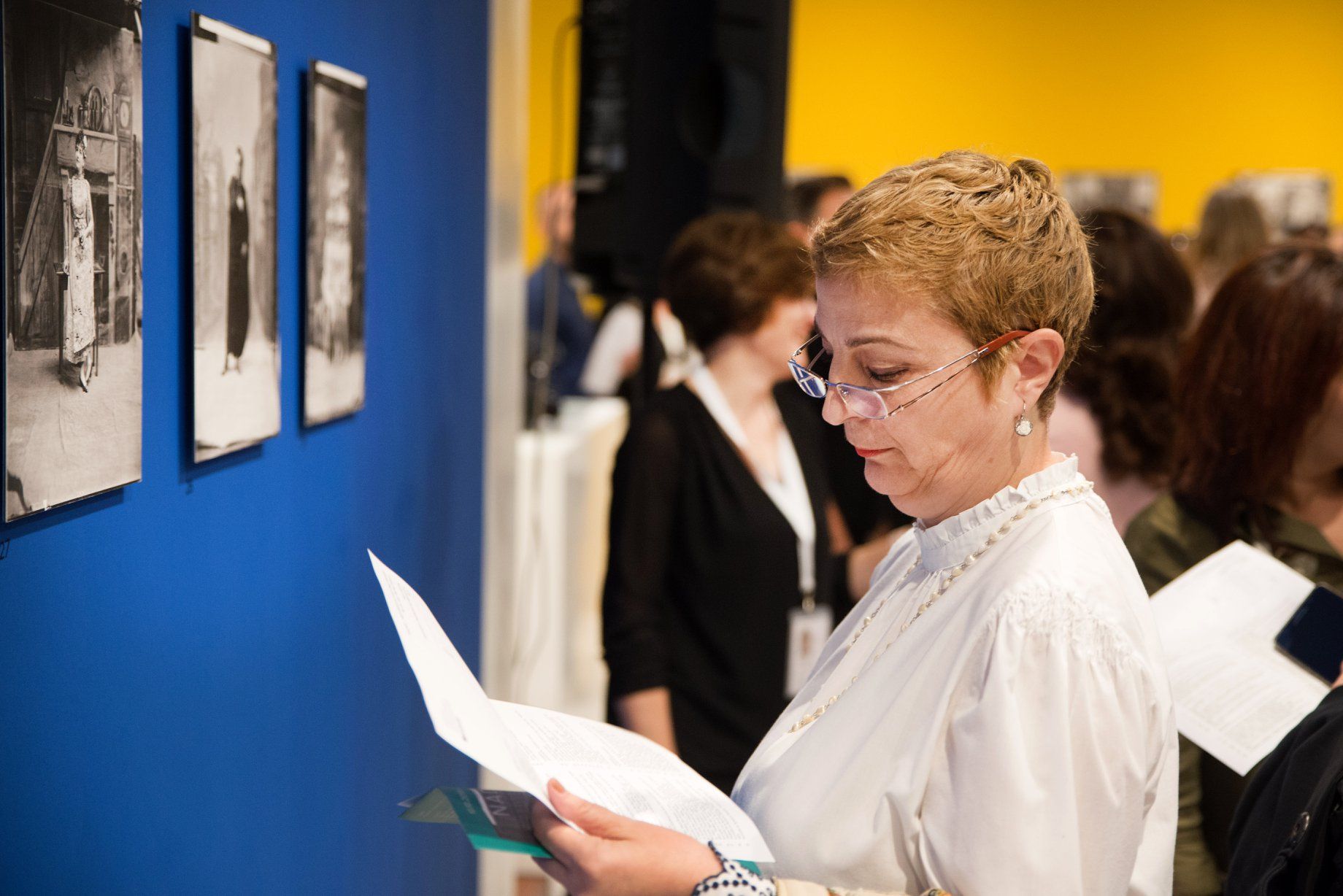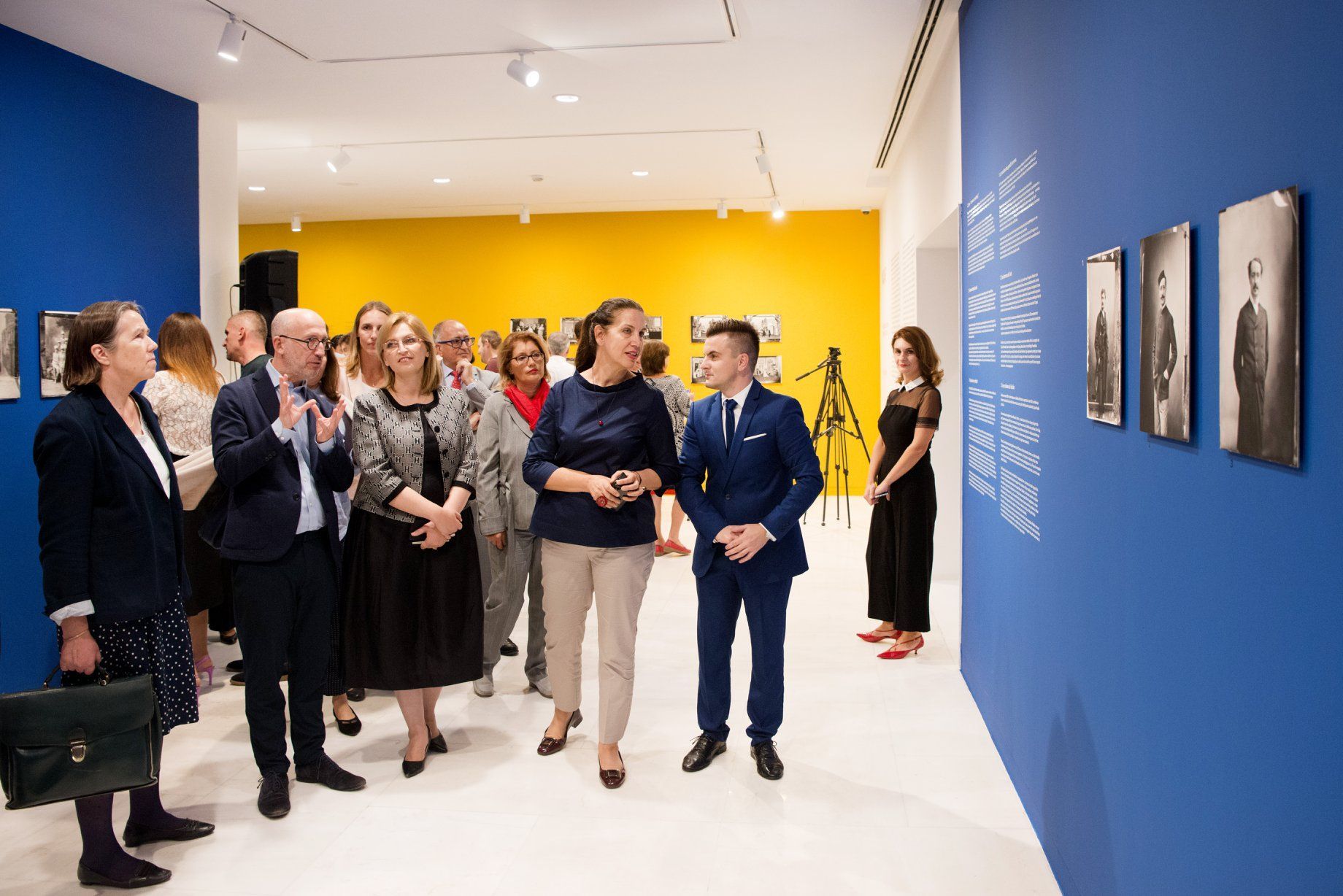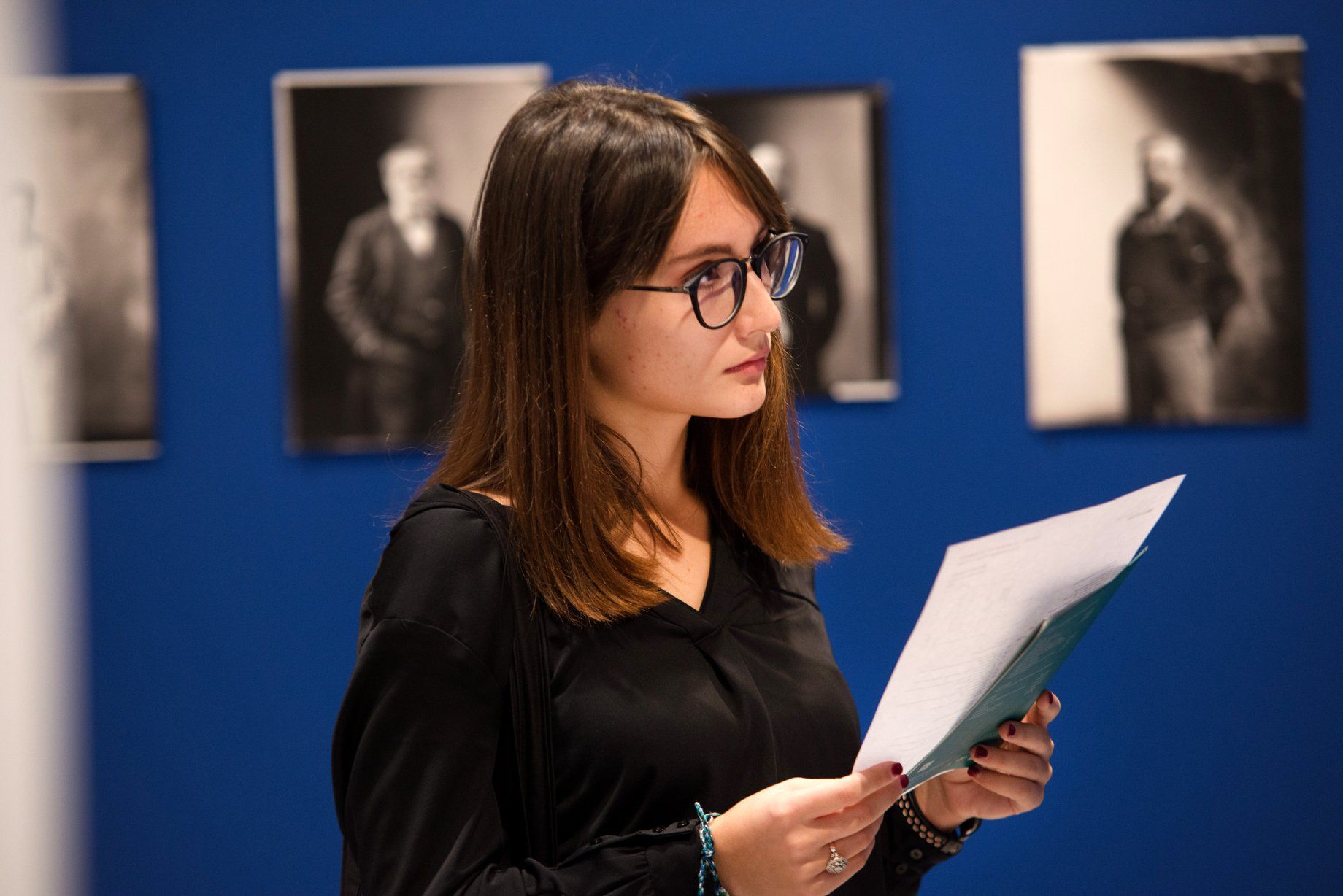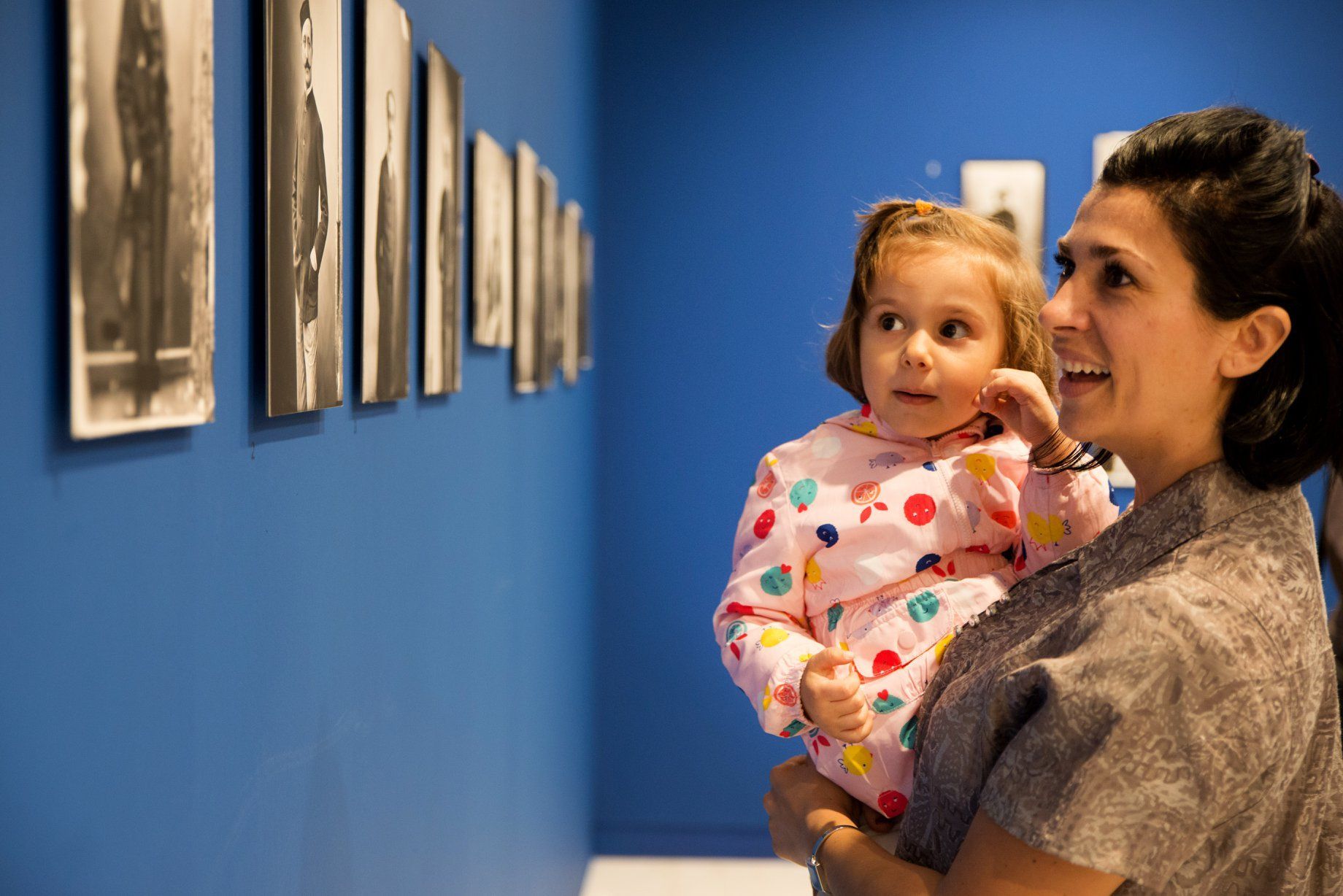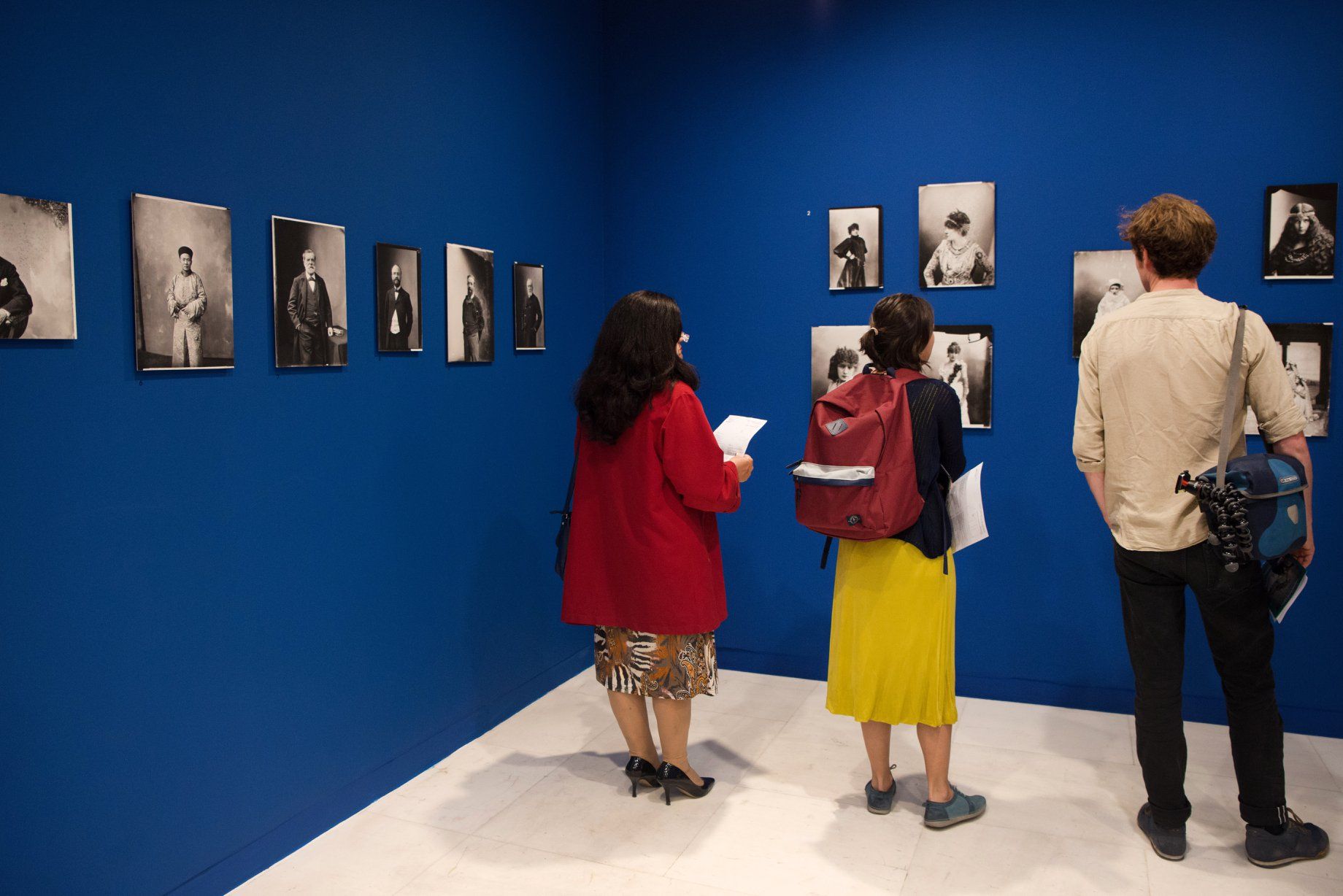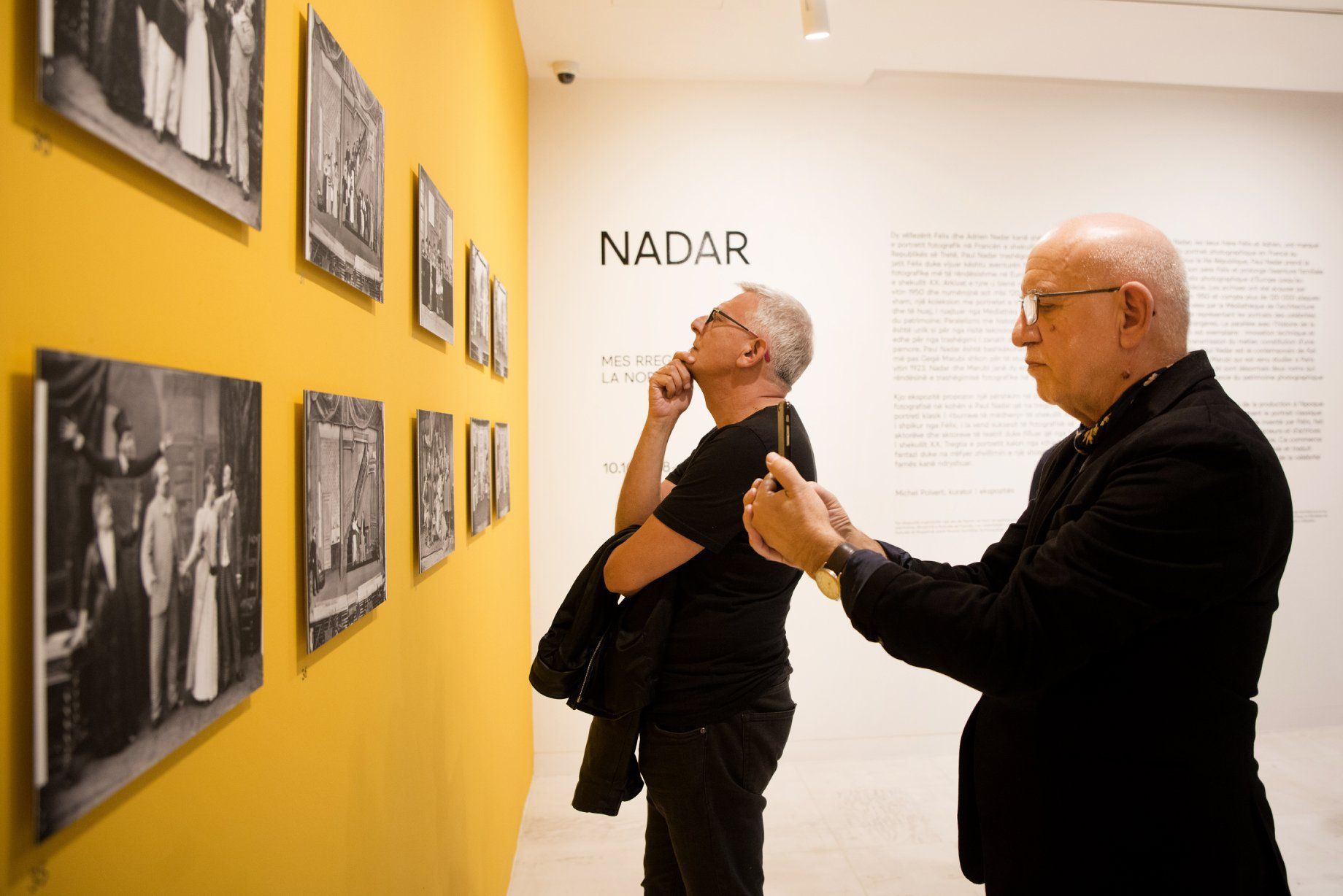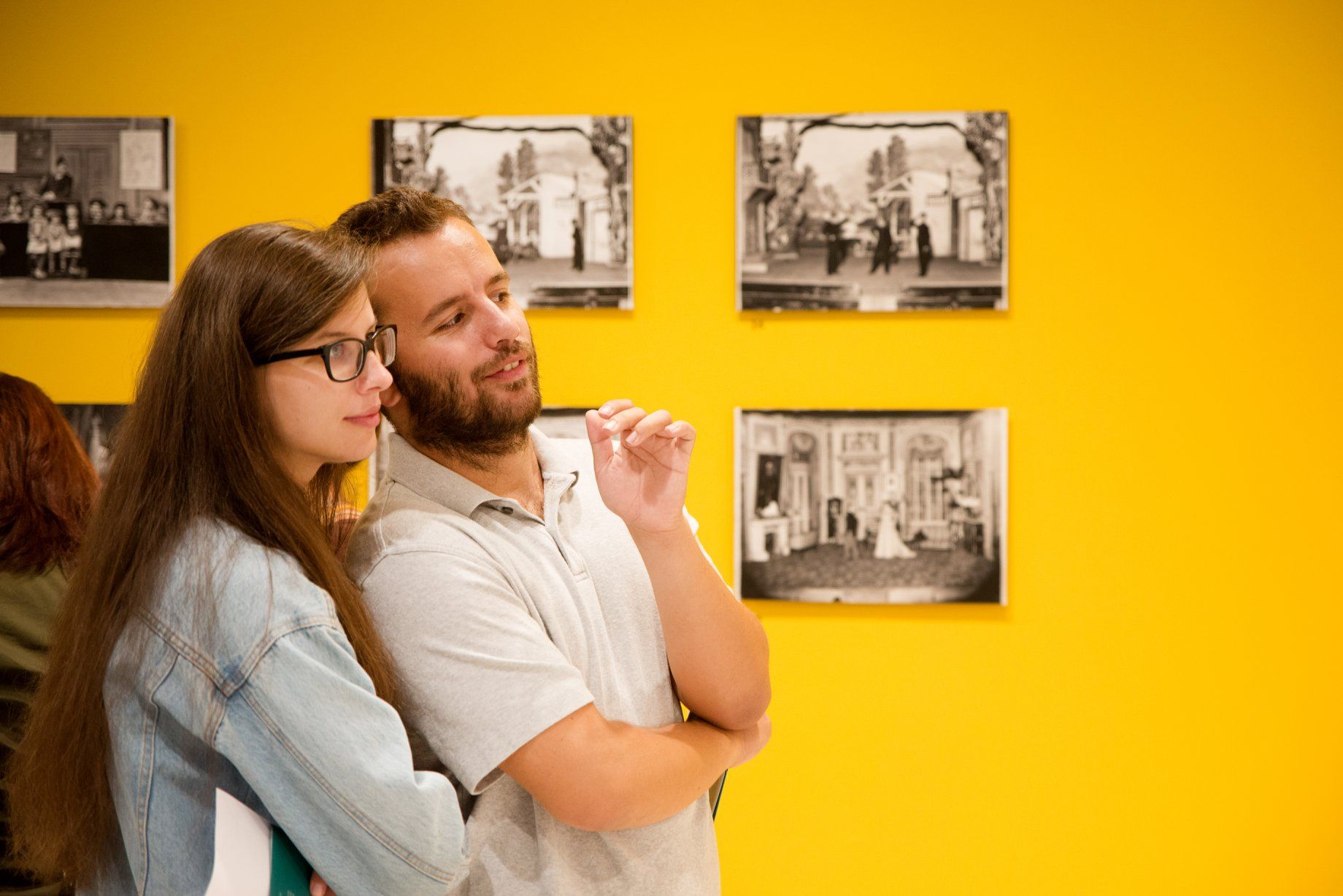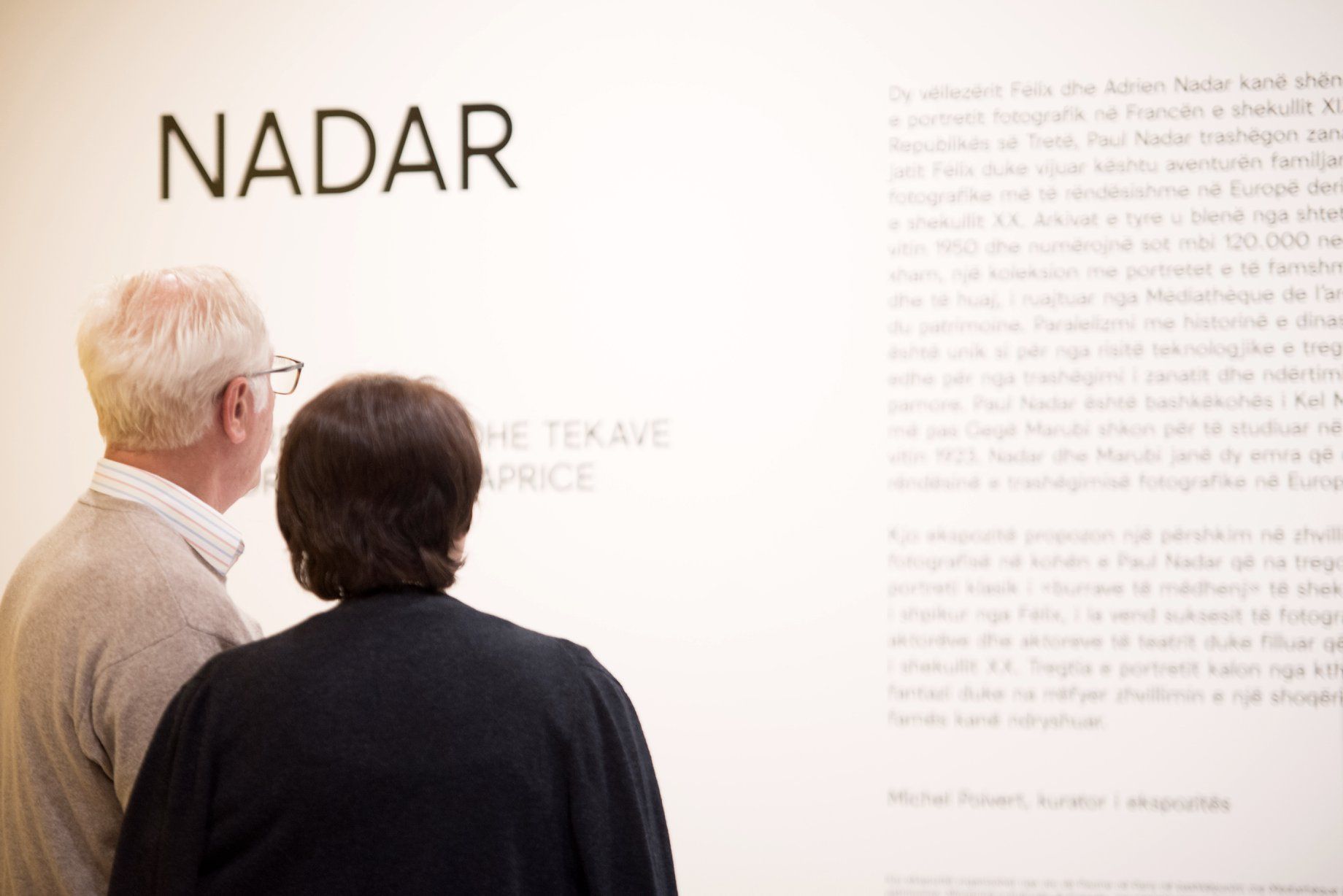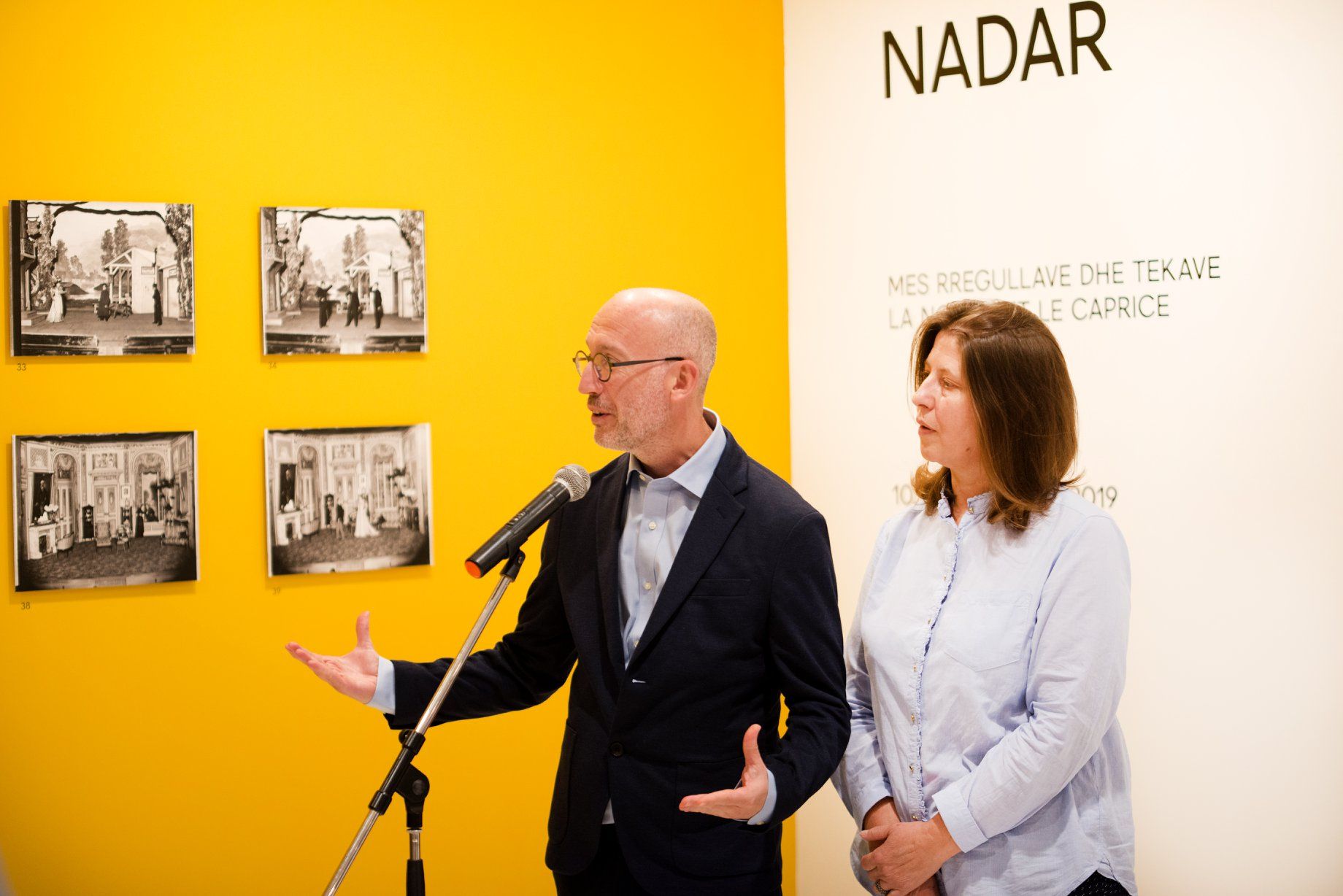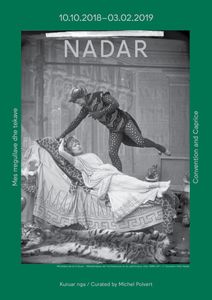Nadar
Convention and Caprice
–
The two brothers Félix and Adrien Nadar marked the beginning of the photographic portrait in France in the twentieth century. During the Third Republic, Paul Nadar takes over the studio of his father Félix and continues the family adventure of the most important photographic studio of the mid-twentieth century in Europe. Their archives were acquired by the French state in 1950 and count more than 120,000 glass plates representing portraits of French and foreign celebrities, preserved by the Médiathèque de l’Architecture et du Patrimoine. The parallelism with the history of the Marubi dynasty is unique: from the technical and commercial innovation to the passing on the family business and constitution of a visual memory. Paul Nadar is a contemporary of Kel Marubi. Later on, Gegë Marubi studied in Paris in 1923. Nadar and Marubi are nowadays two names that bear witness to the importance of photographic heritage in Europe.
The exhibition offers an insight on the production during Paul Nadar's era showing us how the classic portrait of the "great men" of the nineteenth century invented by Felix, gives way to the success of photographs of theatre actors and actresses from the beginning of the twentieth century. This business of the portrait goes from sobriety to fantasy and reflects the evolution of a society where the codes of celebrity have changed.
Exhibition Credits
- Curated by
Michel Poivert
- Supported by
Jeu de Paume, Paris
Ministry of Culture of Albania
Médiathèque de l’architecture et du patrimoine
Ministry of Culture of France - Supported by
Jeu de Paume, Paris
Ministry of Culture of Albania
Médiathèque de l’architecture et du patrimoine
Ministry of Culture of France



